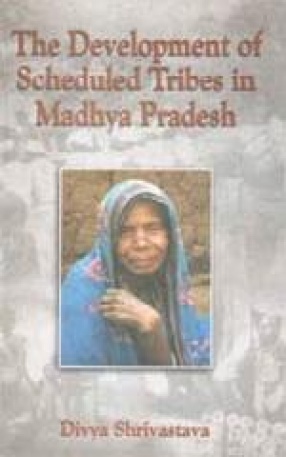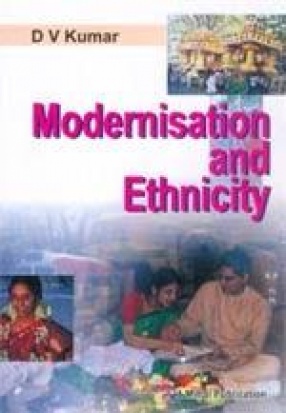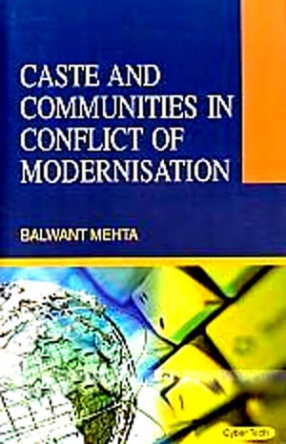Away from the mainstream of progress the tribals were relegated to the areas lacking in basic amenities for minimum standard of living. From the time of Britishers an effort, though half-hearted and rather callous was made to bring them into the mainstream of society. However it was after independence in line with the directions given by the constitution, both state and Central Governments adopted certain measures to identify the problems and take measures to uplift their condition. Hence, in MP, with the largest population of scheduled tribe in India, it became one of the most important governmental endeavour. All the measures adopted by the government were directed towards achiving mainly two objectives: (a) Introducing developmental schemes which help in bridging the gap between the general population and the tribals. (b) Prepare them for adjusting with the changes taking place. The present work is a chronological account of the various governmental measures undertaken for achieving the above mentioned objectives. As government spends a substantial amount for the developmental work, financial data have also been incorporated. An analysis of the impact of the developmental works on the tribals has also been attempted. The findings will be quite useful to the planners, development administration related workers in general and those related to the tribals in particular.
The Development of Scheduled Tribes in Madhya Pradesh
In stock
Free & Quick Delivery Worldwide
reviews
Bibliographic information
Title
The Development of Scheduled Tribes in Madhya Pradesh
Author
Edition
1st ed.
Publisher
ISBN
8121206987
Length
250p., Plates; Tables; Bibilography; Index; 23cm.
Subjects





There are no reviews yet.